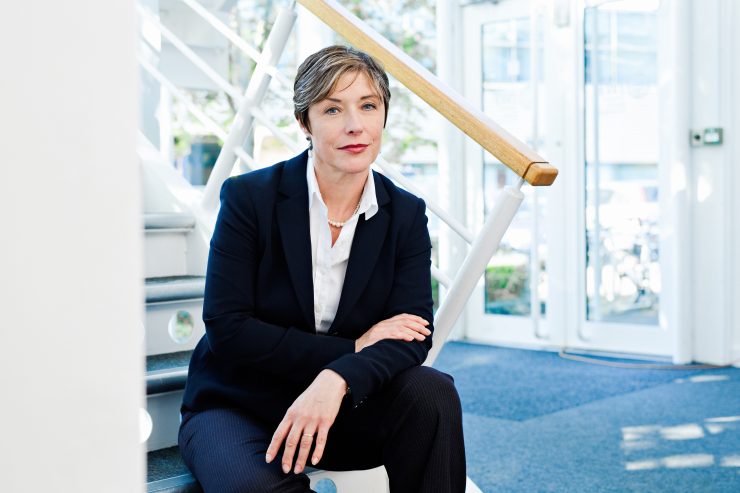The concept of ‘the networked society’ was first defined by Ericsson CEO Hans Vestburg to describe how increasing connectivity is transforming society, business and the way we live our lives. This is a process that has been happening since the invention of the earliest telecommunication systems. In this theme page, we share a selection of interviews discussing how the advances in communication systems have changed and continue to influence society.
A brief history of telecommunications
The electric telegraph was invented in the nineteenth century, soon followed by the telephone. By the mid twentieth century, the telephone and computer seemed to have little in common, but by the twenty first century, they were indistinguishable.
In the 1990s, telecommunications, media and technology began to converge. A key moment was the advent of satellite television and optic fibre. Richard Hooper’s thirty year career spanned this period of change, and in his interview he talks about his work with an early forerunner of the internet invented by BT, called Prestel.
Richard says:
Then this extraordinary word ‘convergence’ began to appear and people began to realise that actually the media did have a relationship to telecommunications and did have a relationship to technology. Now we’re sitting here on laptops and computers looking at screens with Google, with Netflix streaming and so on. It just is the most extraordinary period of thirty years.
In the early 1990s, not everyone had access to the internet or even a computer at home, and most people did not know how to use the internet. In 1994 Eva Pascoe set up one of the first internet cafes in London called Cyberia as a way to educate people on how to use the internet and email. Here she talks about how she came up with the idea.
Jack Nilles invented Telecommuting nearly 50 years before the COVID-19 pandemic forced its wide scale adoption. In 1972 he became interested in how telecommunications could replace unnecessary business travel. Jack tested the idea for 9 months with an insurance company, which was very successful, but the fear of unionisation meant it did not take off. Better bandwidth on telephone lines in the 1970s meant this way of working was easy to achieve and this only improved with the dawn of the Personal Computer (PC) in the 1980s and the internet in the 1990s.
Jack says:
The way it’s been historically, ‘management’ meant watching their subordinates at work to make sure they’re doing it properly. I’m saying no to that. What you need is a system in which you: ensure that the people know how to do their jobs; that they have the technology enabled to allow them to do it; that you and they have agreed on what it is they’re supposed to do; what the results of that work are supposed to be; and when it’s supposed to happen. Then go away, let them do it, wherever they are. That is a very difficult thing to learn. Particularly if you’ve been brought up in the usual hierarchical organisation, that’s tough. What it takes is not small, short term pilot projects, but something like a pandemic when all of a sudden there was no alternative to letting people work from home
Telecommunications – Analysing the data
Human beings’ use of these networks generates data, which can be analysed to understand human behaviour and societal trends. This is called Data Analytics.
In the early 2000s, Dr Angus Cheong saw the potential of data analysis. In this clip, Angus talks about how Human Intelligence (HI) and Artificial Intelligence (AI) can work together to interpret peoples’ comments on social media, known in data analytics as ‘unstructured data’, to improve the results of offline human-produced surveys. About the benefits of AI, Angus says:
The integration of AI and Human Intelligence would be more practical and sensible, for us to move forward and to make meaningful things happen.
Today, we are very aware of the dark side of the internet and online harm. In this interview with with Susie Hargreaves OBE, we explore the work of the Internet Watch Foundation (IWF), especially about child online safety. She talks about how the internet provides us with an opportunity but also a challenge, especially regarding younger generations who have been exposed to a large amount of online content that has had a significant impact on their lives.

Susie says:
our mission is the elimination of online child sexual abuse, so we can only do that by being at the absolute forefront of using technology to fight the problem. So we’re always looking at new ways, because in an ideal world we’ll do ourselves out of business. And the way we’ll do that probably is by not just changing people’s attitudes and behaviour,
but by actually using the technology and being one step ahead.


